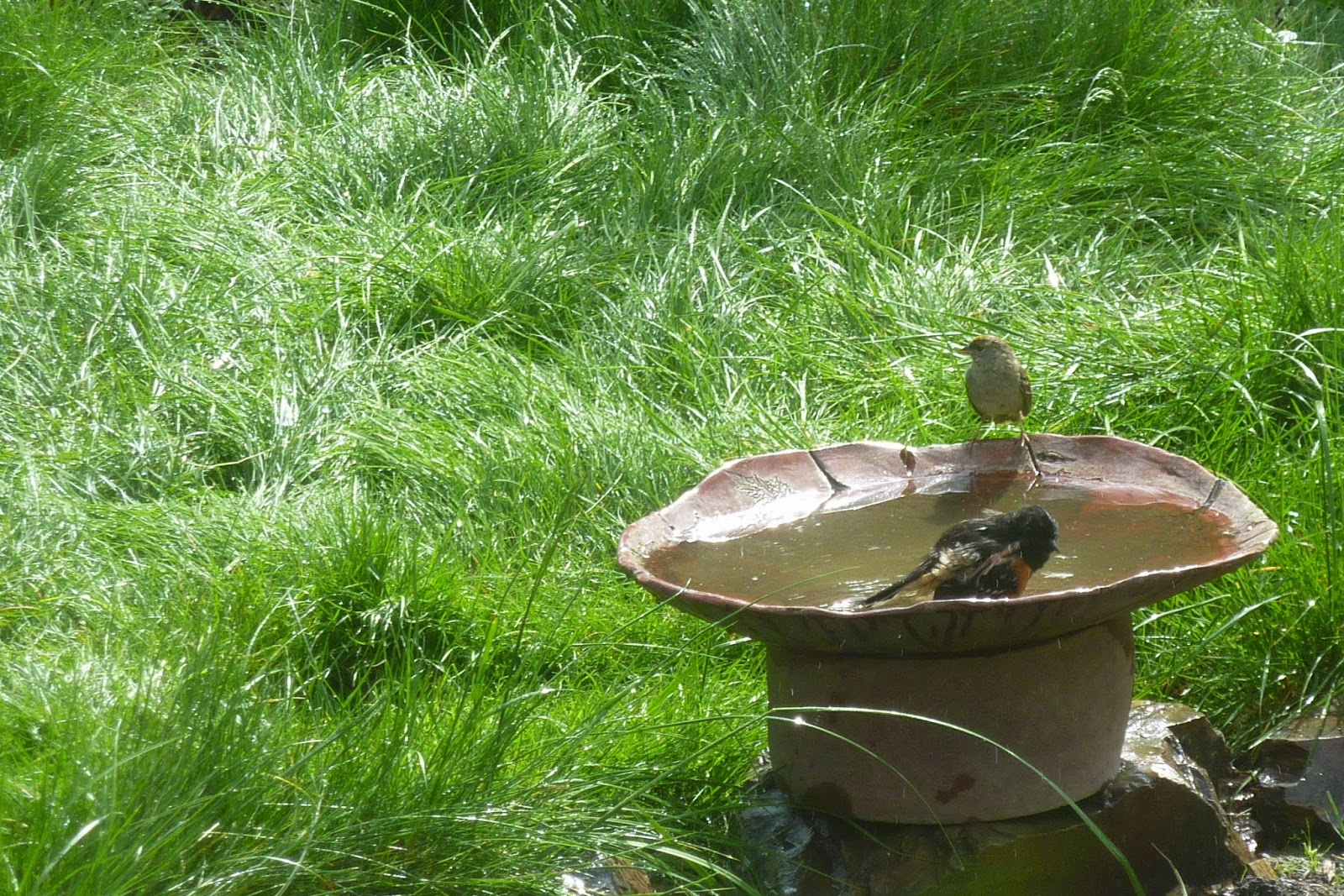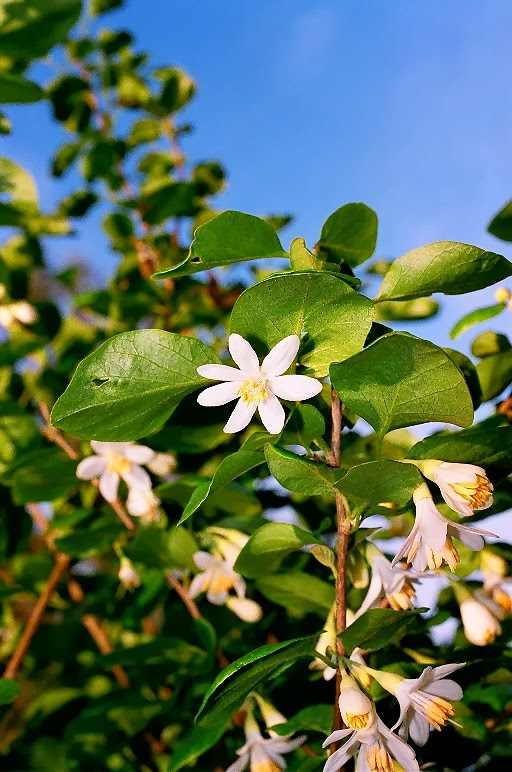On an outing to Samuel P. Taylor Park with Shasta's Auntie T we walked beneath the second growth Redwoods along the creek. In the presence of these giant trees the exuberance of Spring seems to be tamped down and sweetness prevails. The Hazelnut trees showed their new, soft leaves. Tiny Douglas Fir needles were appearing on new little trees and the leaves of the Vine Maple were just developing. Large Huckleberry bushes, Honeysuckle vines and LOTS of Poison Oak were evident! We primarily went to see the wildflowers. Some wildflowers were finished, some flowers no longer in their prime and some flowers not quite open but there much to revel about. The pictures below are a sampling of what we saw.
 |
| Buttercup blossoms not quite open yet. |
 |
| Ubiquitous Redwood sorrel |
 |
| Three Western Trillium |
 |
| Red flowering Trillium |
 |
| White flowering Trillium |
 |
| Cheery Yellow Violets |
 |
Ferns unfurled near a decaying Redwood stump
 |
Hound's Tongue which is so much more pleasing
than the invasive Chinese Forget-Me-Not . . . yes?
 |
Fetid Adders-Tongue
This photo was taken a few years ago on a walk with Rose and her beloved Auntie T.
This flowering plant was spent when we visited this time but we enjoyed the spectacular leaves.
And of course here's hoping you continue to
|
|
|
































